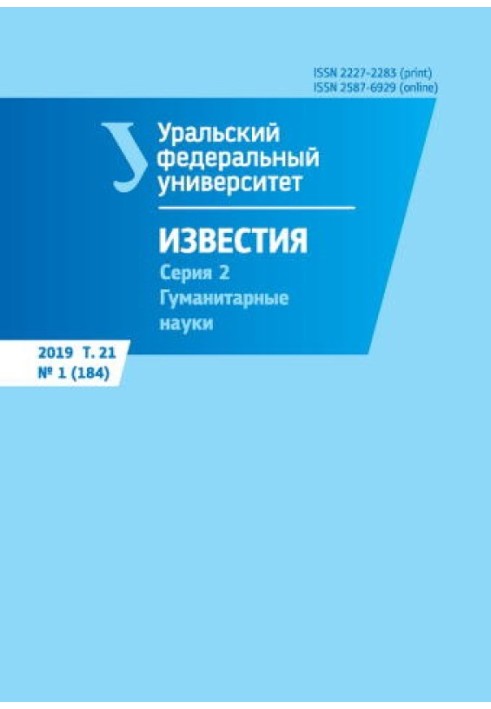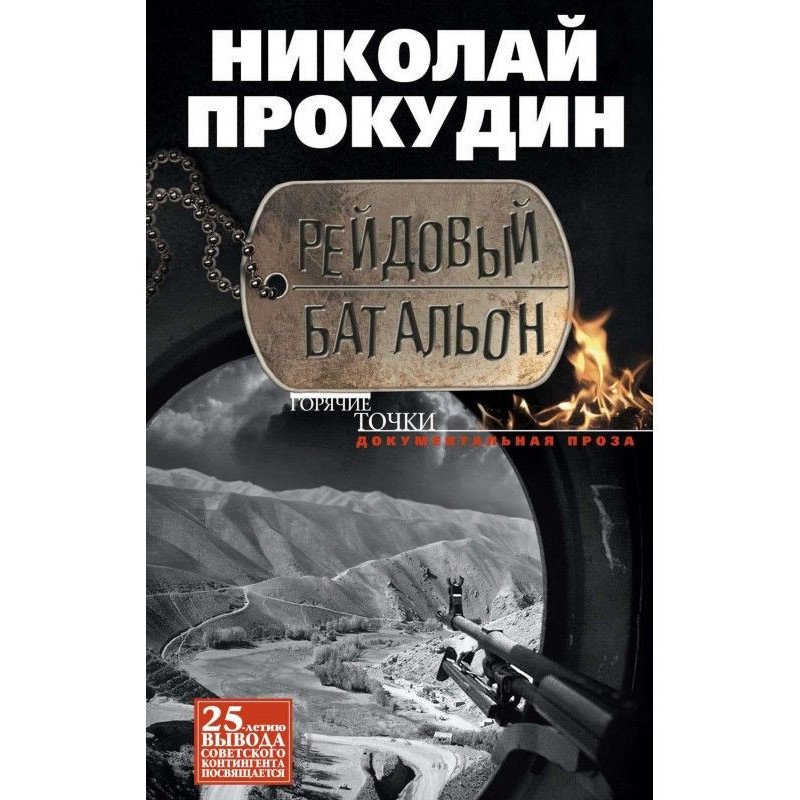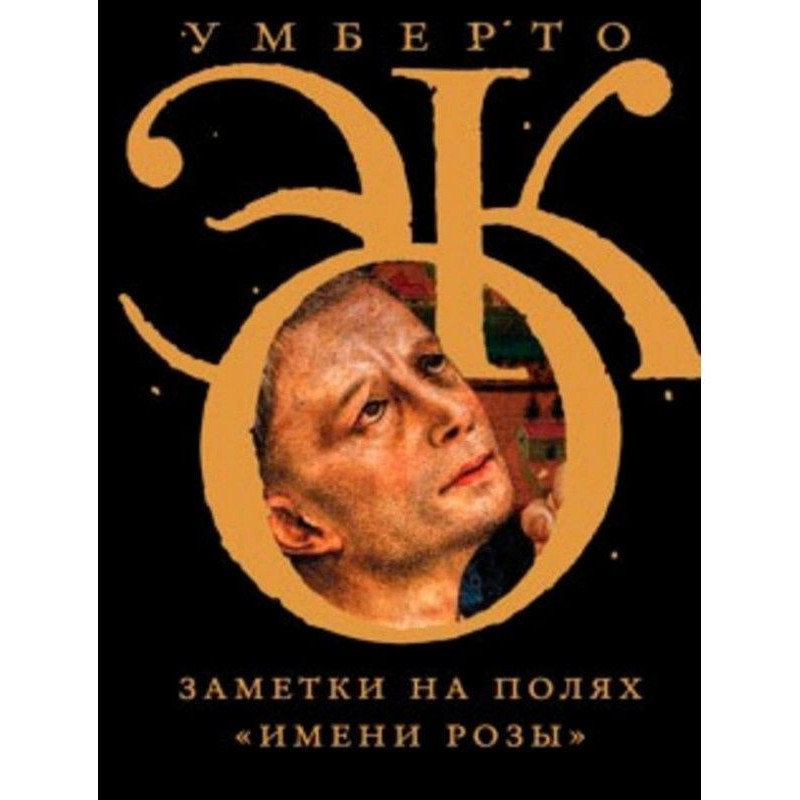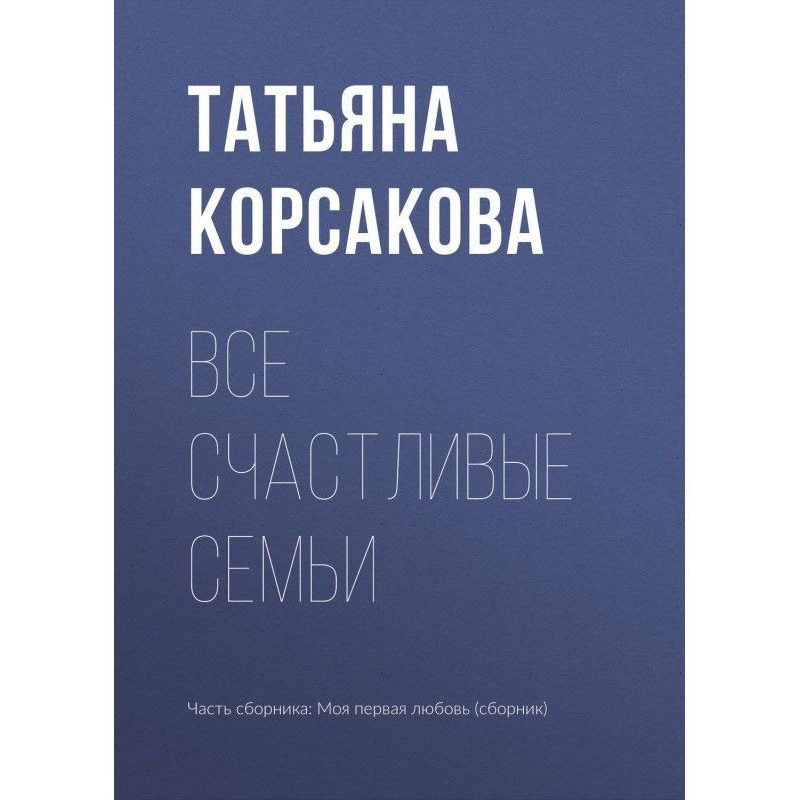The early period of the Napoleonic Wars through the eyes of the artist and warrior Louis-François Lejeune
 Instant download
Instant download
after payment (24/7)
 Wide range of formats
Wide range of formats
(for all gadgets)
 Full book
Full book
(including for Apple and Android)
This article is devoted to the analysis of the paintings of the artist and Napoleonic general Louis-François Lejeune (1775–1848) as a historical source for the period 1796–1800. In 2012, a personal exhibition of the painter was held in Versailles, which presented works stored in this museum and in the private collection of the artist’s descendants. Following the exhibition, a detailed catalog was published. However, no special works have yet been published in Russian about Lejeune’s work. Meanwhile, the creativity and personality of L.-F. Lejeune is interesting because he was not only an artist, but also a military general, a witness and participant in almost all military campaigns of the Napoleonic era.
The first picture in which the talent of L.-F. Lejeune as an artist and historiographer, was “The Battle of Marengo”, exhibited at the Salon of 1801. The “Battle of Marengo” was followed by a number of interesting works: “The Battle of Lodi”, “The Battle of Mount Tabor”, “The Battle of Abukir”, "Battle of the Pyramids". All of these paintings are now kept in the Versailles Palace Museum.
This article is devoted to the analysis of these paintings. Based on the artist’s memoirs, as well as contemporary documents and evidence, the authors explain the content of the paintings, their correspondence to the realities and spirit of the time.
A distinctive feature of L.-F. Lejeune began to combine battle scenes of different times in his battle works, bringing his painting closer to medieval miniatures. At the same time, this feature in no way affected the reliability of the paintings, which are the most valuable document on the history of the Napoleonic wars.
Data sheet
- Name of the Author
- Анастасия Ещенко Олеговна
Олег Соколов Валерьевич - Language
- Russian











